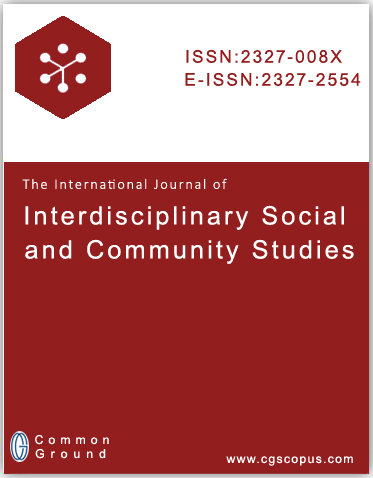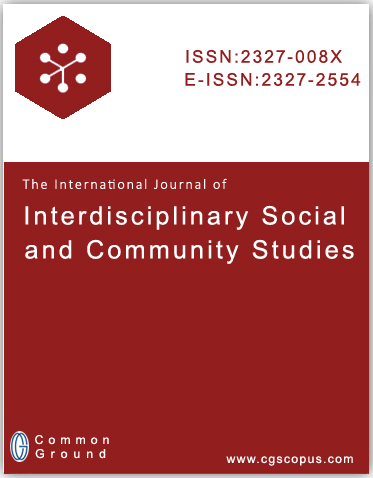Econometric Analysis of the Impact of Economic Growth on Remittances: A Case Study of select African Countries
DOI:
https://doi.org/10.18848/q90af118Abstract
The disparity in distribution of natural resources has caused varying levels of development in different world regions. The countries with higher development levels often attract skilled and semi-skilled workers from other regions. The consequence of this is a large-scale transnational movement of individuals. Migrant sending country is more often a beneficiary of their remittances. These remittances play a major role in the development and economic stability of the sponsoring countries. Remittances become a major foreign exchange contributor and often major income generator for migrant households. Ample scholarly work is available on the role and impact of remittances in the economic growth of the receiving countries. The assessment of the role and impact of country’s economic growth on the remittances has been a neglected area. The present paper attempts to understand whether economic growth has any direct bearing on the flow of remittances to the country. A panel data of six countries including Kenya, Namibia, Ghana, Egypt, Tunisia and South Africa was compiled using the data from the World Development Indicators for the time period 2000-2023. A Generalised Least Square (GLS) technique of regression analysis of Econometrics has been used to understand the relationship between economic growth and remittances. The findings of the study show that economic growth has no significant direct impact on remittances in the panel of these select countries for the defined period.










